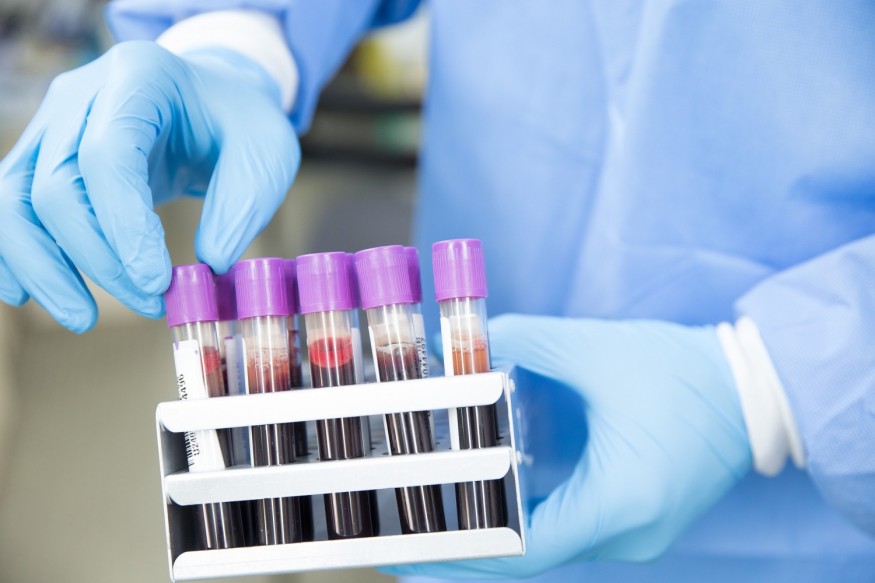
Every day the number of infected cases increase which prompts authorities to quarantine them. But how do we really know if there are any COVID-19 cases that are undetected? Are there people with cases that are dismissed as just a simple flu because their symptoms are so mild?
Coronavirus pandemic has infected more than 318,000 people so far and resulted in 13,000 deaths or 4% of the total cases, which Is extremely high. Mostly, patients ages 60-80 have a significant chance of dying from the virus.
Blood Tests for Antibodies
The U.S. researchers have developed a test to detect antibodies against the virus in people's blood and they have also shared the instructions online so the labs around the world could replicate how to make the test. Florian Krammer the virologist from the Icahn School of Medicine at Mount Sinai in New York told Science magazine in an interview that laboratories can easily adjust the test to screen a few thousand people a day for antibodies against the COVID-19.
But it is still too soon to use it in clinical practice with patients since they only published it in a preprint which means that it is not yet peer-reviewed. Currently, the tests used in patients are different from antibody tests because they use those tests to diagnose infections with the coronavirus. The aim of the antibodies blood test invented by the scientists is to detect any antibodies present which determines that the patient had the virus.
Antibodies are a specialized immune protein created because a foreign material or antigen has entered the body. It is the main function of the immune system to create antibodies to fight against infection and its ill effects.
Antibody tests can also be used to screen health workers whether they are already immune to the virus or not. This means that they can care for infected patients without the risk of being infected.
Creating the ELISA Test
The test that the researchers from New York developed is known as the enzyme-linked immunosorbent assay (ELISA). It is a common type of lab test in which a color change can be observed if there is a specific antibody present in a sample. This only happens when antibodies bind with proteins from the severe acute respiratory syndrome coronavirus 2 (SARS-CoV-2).
For scientists to do this, they designed a slightly altered version of SARS-CoV-2 protein's outer coat which helps the virus enter cells as the body churns out antibodies that the protein recognizes and tag the virus for destruction. A piece of the receptor-binding domain (RBD) was also isolated and used cell lines to produce large quantities of the altered spike proteins and RBDs.
The researchers confirmed that their test worked when they tried it on three confirmed cases of SARS-CoV-2 and 59 people who did not have the infection. The tests came back positive for those who had SARS-CoV-2.
Science magazine reported that the scientist was at first worried that they might get a false-positive result from the people who used to be infected with NL63 which is another form of coronavirus; NL63 like the novel coronavirus causes colds. The ELISA test did not show any false positive even though some of the 59 people tested had been likely infected with NL63.
In conclusion, the researchers believe that the ELISA method will likely be the key for serosurveys in determining the real numbers concerning the COVID-19's infection. The test is now being used by them in their hospital to know how fast people develop antibodies to the virus.
© 2025 ScienceTimes.com All rights reserved. Do not reproduce without permission. The window to the world of Science Times.










